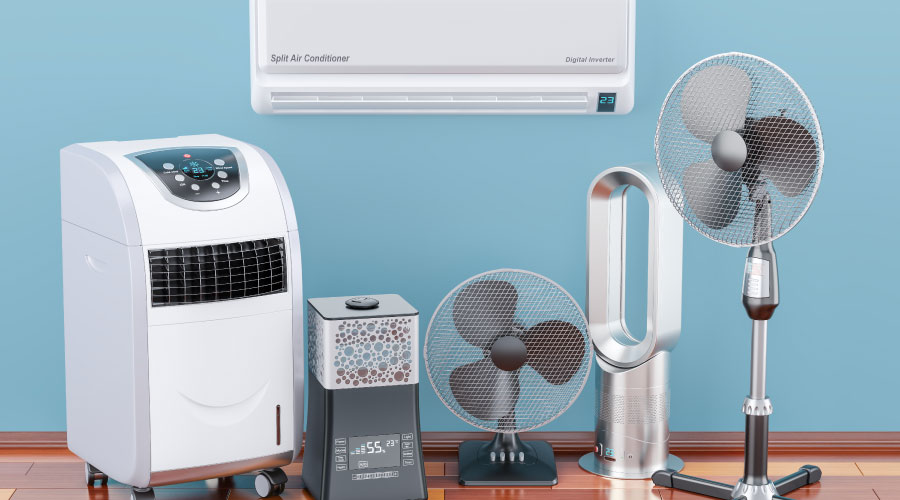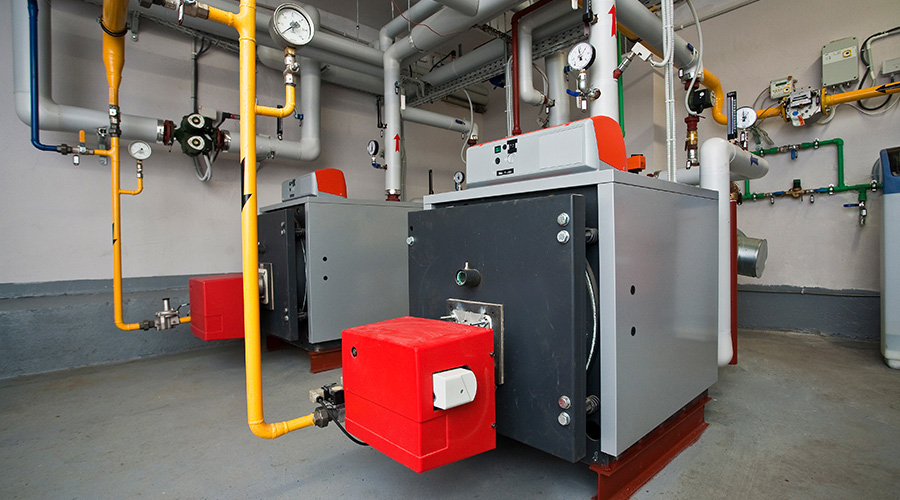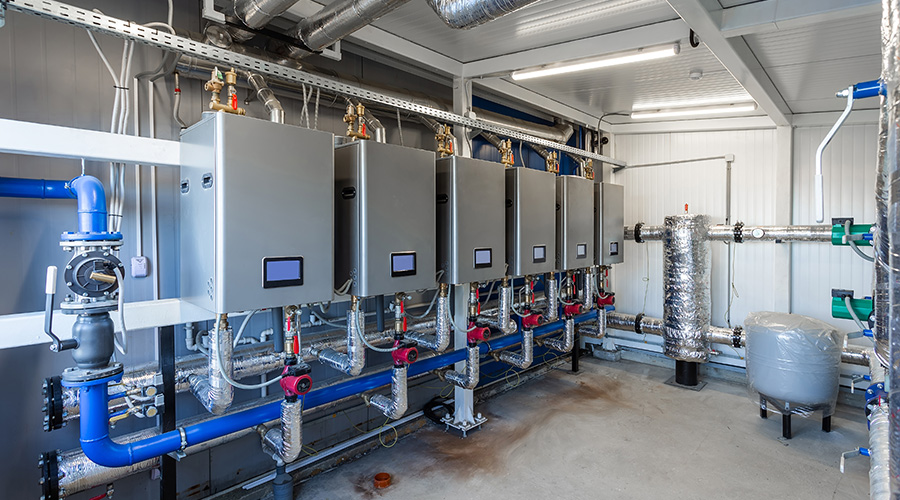Energy-Efficient Chillers, Air-Handling Units Demand More Maintenance
The equipment lineup that has allowed Gateway Medical Center to operate at peak efficiency and optimize IAQ includes three centrifugal chillers, 22 air-handling units featuring variable-speed drives, the BAS, and high-efficiency particulate arrestance (HEPA) filters, which remove at least 99.97 percent of airborne particles 0.3 micrometers in diameter or larger.
One chiller features variable-frequency drives, while the other two load and unload as needed. The old Gateway Medical Center did feature a BAS, but it was an older version of the system monitoring the new facility. Holzkamper says the newer technology does require more PM than the chillers and BAS in the old hospital.
"When you get into variable-frequency drives, you have more electronics and more electrical parts involved in the controllers," he says. "You have more electrical PMs and maintenance there. (The BAS) needs to be tuned up and looked at by the factory at least once a year to make sure it's working as it was originally designed to do when it was installed."
While technicians were unfamiliar with some of the technology in the new facility, they were able to transfer their experiences with the BAS in the old hospital to the new.
"It was fairly comparable to the new technology, so it wasn't a big learning curve," Skeens says. "That first year, we took a little time to find out little tweaks and nuances of the system. Maintenance-wise, it really saves a lot of time."
One of the biggest equipment changes from the old hospital to the new was the air handlers. The old hospital, though it was 200,000 square feet smaller than the new building, featured 28 more air-handling units.
The HVAC landscape of the old hospital, which featured under-window units on an entire floor, required more air handlers to meet the needs of various types of systems. Similar to the chillers and BAS, the new air handlers also demand more maintenance.
"On the newer units, you have more electronic sensors on the drives," Holzkamper says. "(The sensors) tell you, if you have dirty filters, to go in and clean them. They tell you basically everything that's going on with that unit. Of course, with more sensors and more electronics, you have more stuff that can go out on you."
Despite being 200,000 square feet larger than the old hospital, the new Gateway Medical Center's energy bills are about the same as those of the old facility, Holzkamper says. Energy-efficient equipment, extra insulation, and improved maintenance practices all play a role in controlling energy costs.
"It was a surprise for me because I figured (utility costs) would probably double," Holzkamper says. "But we had a 1954 core in the old hospital. When you have something like that and you start building additions to it, you actually have to bring all the utilities to the addition because the core was never set up for it. That's where you start losing your efficiency and losing your money."
Related Topics:














